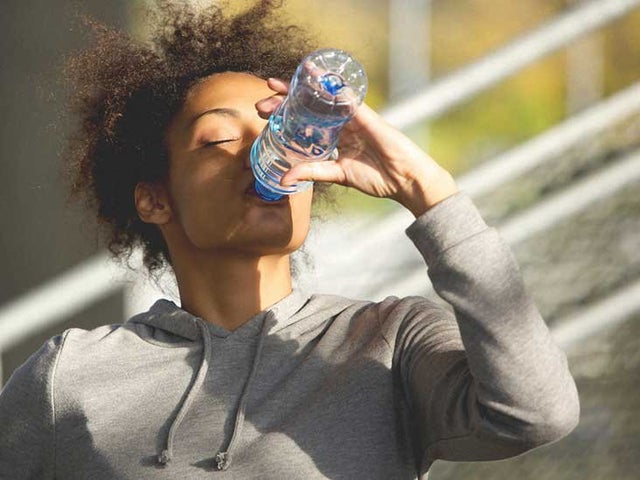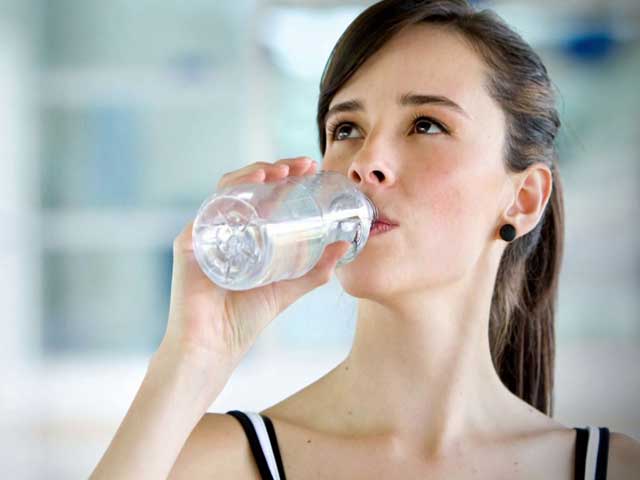
Bottled Water – Is it Safe?
Is the mineral water you drink undesirable? Does your canteen add to America’s fuel situation? Or to the contamination? Exists a much better choice for mineral water? Continue reading for the truths.
The canteen is not recyclable. False. According to the Container Recycling Institute, in the United States, one in 6 bottles wind up in landfills or burners. Nonetheless, most plastic bottles can be recycled. The problem is that several recycling centers do not approve of them. Because customers do not have a simple accessibility to the ideal recycling facilities, just 4% of plastic bottles are recycled as well as made into new bottles.
We save power by reusing the canteen right into brand-new bottles. False. According to Scientific Research Daily, it takes excessive power as well as money to reuse old bottles right into brand-new ones. Instead, plastic containers, when they are reused, are made right into non-food items, like playthings. Therefore, the 70 million containers Americans use each day needs to be made from virgin materials.
Whatever – even plastic – eventually degrades. Real, but … Plastic containers left in the sunlight might biodegrade in 50 years’ time. However, the majority of containers are in garbage dumps, which suggests they aren’t revealed too much – if any – light. Some specialists state it takes between 450 to 1,000 or even more years for these containers to entirely go away.
Plastic is cheap to make. False. The Pacific Research Study Institute (PRI) claims it takes 17 million barrels of oil to make the water bottles for Americans – which does not include the oil used to move the bottles. This oil might fuel over a million automobiles for one year. At once when Americans need to rely much less on foreign oil, plastic is pricey, certainly.
Plastic may trigger cancer cells. Maybe. When warmed, chemicals (mostly notably bisphenol A, or BPA) do leach from plastic containers. Researches show huge dosages of these chemicals might lead to cancer. Recently, the National Toxicology Program, part of the National Institutes of Health, said “there is some issue” about BPA’s effect on brain function in infants as well as children, and in the bust and also prostate issues for grownups.

Consuming alcohol from plastic containers is unhealthy in various other methods. Real. According to Keith Christman, director of packaging at the American Chemistry Council, already-opened plastic water bottles left at area temperature level can grow germs, much like food left in an open container on the counter.
Tap water is the only option for bottled water. False. Clean water is now readily available in a box; it’s called IceBox. What is IceBox water? It’s glacier-fed water packaged in 100% recyclable cardboard from sustainable woodlands.
Consuming alcoholic water in a box is much better for the environment. True. For every 5,000 5 liter boxes of IceBox water eaten, 25,000 plastic bottles are replaced, 1,396 extra pounds of plastic are gotten rid of from the production process, and 474 gallons of oil are not utilized. As well, the box doesn’t require any kind of special handling to decay. It naturally biodegrades, turning into compost that improves the soil.
IceBox water isn’t any kind of much safer than mineral water. False. The spout on IceBox water is made from Polyethylene – the same material discovered in IV bags. The spouts have a unique one-way shutoff that doesn’t enable contamination to enter the box, also after it’s been opened.
Bottled water is healthy? You can visit their page to get more important information.
